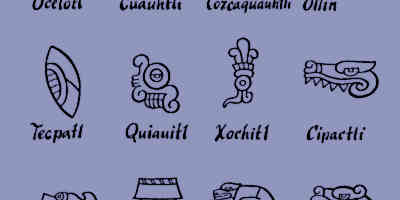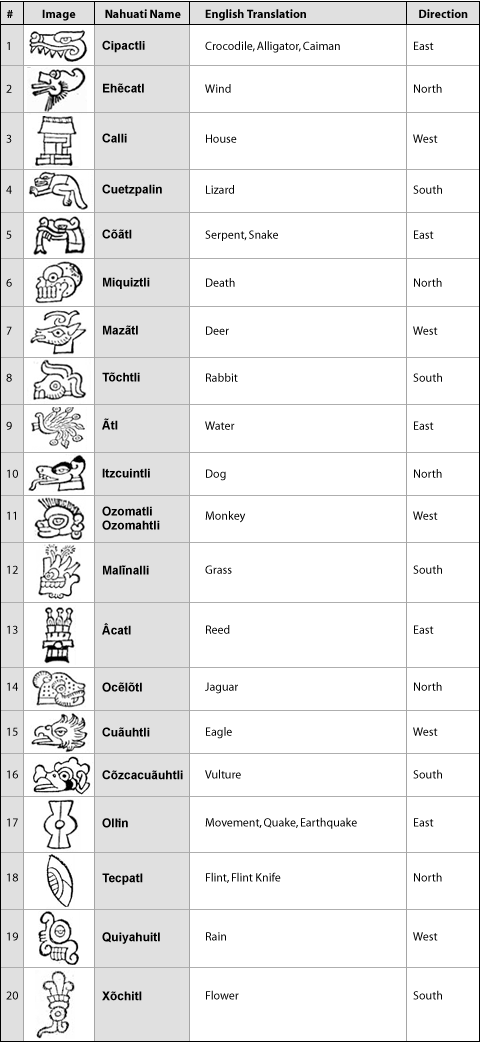

And his presence persists in a variety of historical accounts from the time. And like the Aztec, Europeans of the period also believed in the magical powers of mirrors, a belief that may have led Dee to try to communicate with angels through the spirit mirror.ĭee’s reputation as an Elizabethan proto-scientist remains strong in the United Kingdom (he’s the subject of an opera composed by Blur frontman Damon Albarn, for example). Records show that several Aztec mirrors were shipped from Mexico to Europe soon after Hernán Cortés and his troops took the Aztec capital of Tenochtitlan in 1521. It’s likely that Dee, who was very interested in the exploration of the New World, knew about the mirror’s reputed magical properties when he acquired it, probably during his travels around Europe in the late 1500s.

The finding that the British Museum “spirit mirror” is of Aztec origin reinforces the theory that Dee used it as a skryer to conjure angels and spirits, Campbell says. “Once you deeply gaze in, you have opened up that connection.” Taube has studied Aztec mirrors but was not involved in the new research. The Aztecs believed the mirrors could show smoke, which would then clear to reveal a distant time or place.Īncient Mesoamericans believed mirrors were spirit doorways to alternate worlds, “much like Alice in Through the Looking Glass,” anthropologist Karl Taube of the University of California Riverside writes in an email. Circular obsidian mirrors are depicted in Aztec codices written soon after the time of the Spanish conquest in the early 16th century, and in depictions of the deity Tezcatlipoca (“Smoking Mirror”) who had powers of divination.
Aztec names for queen portable#
The other mirror and the obsidian slab, likely a portable altar, came from the Ucareo region, about 150 miles farther west.īoth regions were ruled by the Aztecs, who had a tradition of making obsidian mirrors for magical purposes, says archaeologist Stuart Campbell of the University of Manchester, the lead author of the Antiquity study. The results show the obsidian in John Dee’s mirror and one of the other mirrors could only have come from the Pachuca region of central Mexico. The research was first published in published in the journal Antiquity in 2021.īecause chemical elements glow differently under x-rays, the scanner was able to determine a geochemical “fingerprint” for each obsidian object based on the proportions of titanium, iron, strontium, and other substances each contained. Researchers used a portable x-ray fluorescence scanner to examine John Dee’s mirror, as well as three other obsidian objects-two almost-identical circular mirrors and a polished rectangular slab-acquired by the British Museum from collectors in Mexico in the 1800s. The British Museum purchased the mirror in the late 1800s it is currently on display in museum’s Enlightenment Gallery. This particular “spirit mirror,” attested in the 1650s as part of John Dee’s skyring collection, was eventually purchased in the 1700s by the writer Horace Walpole, who believed it belonged to the English Renaissance polymath and was used by him in magical rituals.

Tales abound of Dee’s occult exploits, including his practice of skrying, or conjuring angels and spirits through clairvoyant tools such as crystals and mirrors.


 0 kommentar(er)
0 kommentar(er)
